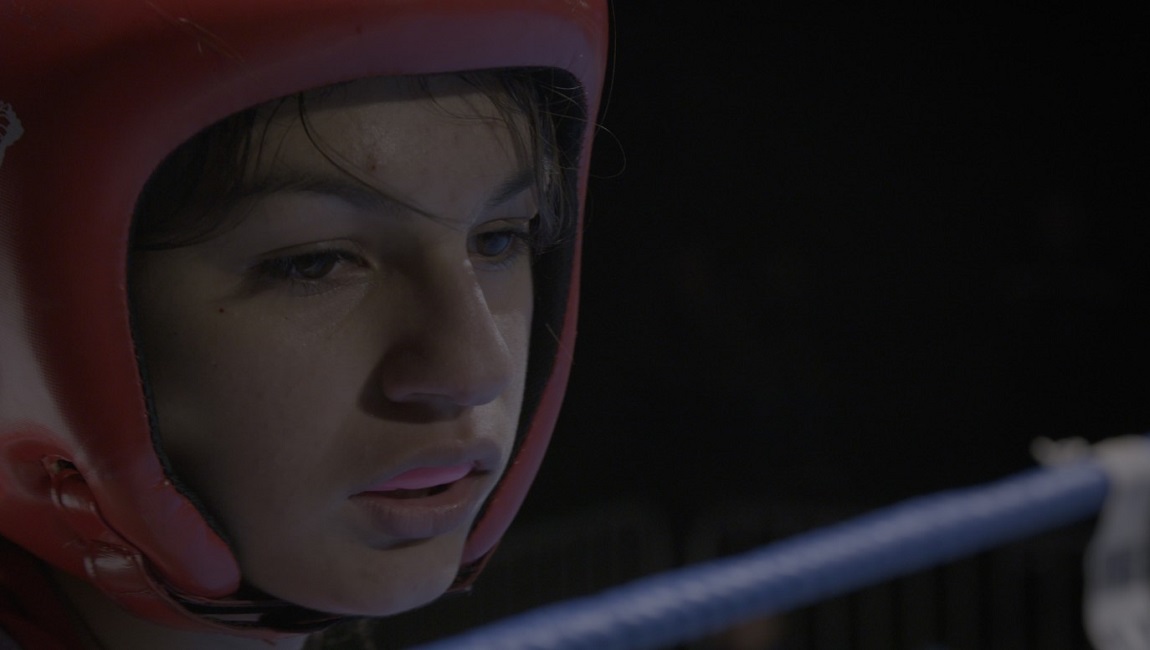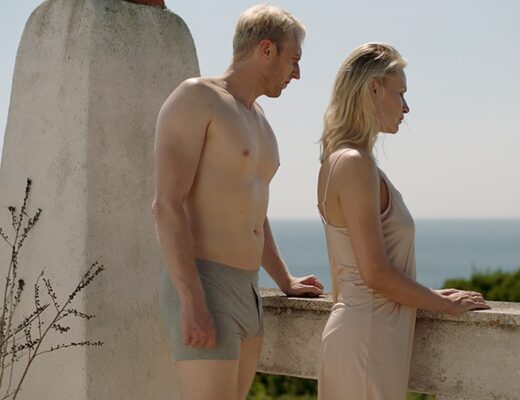Using the infamous Lorraine, France coal miner strike of 1995 as a launchpad for his debut feature, Strike or Die director Jonathan Rescigno explores various meanings of the word “strike” while drawing a line between the class struggle of the miners and its legacy within the region and its inhabitants. Lorraine, Rescigno’s hometown, produced upwards of 60 million tons of coal, but rather than compete with cheaper foreign exports, the industry shut down in 2004. Grainy footage of the striking workers, whose masks, helmets, and homemade blockades evoke more contemporary protest imagery, from Hong Kong to Venezuela, is interspersed with loosely connected stories set in present-day Lorraine. The most compelling of these concerns a middle-aged boxing coach who trains a class of mostly African and Arab immigrants; as a teenage boy notes, his grandfather was a miner because “they needed a workforce.” The boxers’ exhausted, sweat-drenched bodies carry on the legacy of the shuttered mines: the semi-sacred idea that grueling physical toil — labor in the truest sense — is its own reward.
The boxing gym is a place where the older and younger generation, nationals and immigrants alike, can achieve a common goal and fight versions of the same battle. It’s a literal representation of the “fight or flight” impulse, one that mirrors the dilemma of the city’s youth: stay and carve out a livelihood in a declining, deindustrialized city or leave for the unknown. France has a history of miner strikes dating to the late 19th century, and coal miners remain a potent national symbol of workers’ rights and class solidarity. But less than thirty years after the 1995 protest, which resulted in an unprecedented benefits and retirement package for miners, a municipal museum has castrated and sanitized its destructive force, omitting all traces of conflict. It instead opts to “bear witness,” per the museum guide, a former miner who is quick to pivot from armed protest to the relatively peaceful tactic of strategic walkouts. In a surreal scene, a priest, flanked by employees holding pickaxes, blesses the museum and delivers a sermon that hinges on the idea of protest as a vehicle for preserving dignity. For the miners, boxers, and other characters in Rescigno’s film, the human dignity earned through hard, honest work is bitterly won, violently guarded, and almost always a double-edged sword.
Published as part of Berlin International Film Festival 2020 | Dispatch 3.







